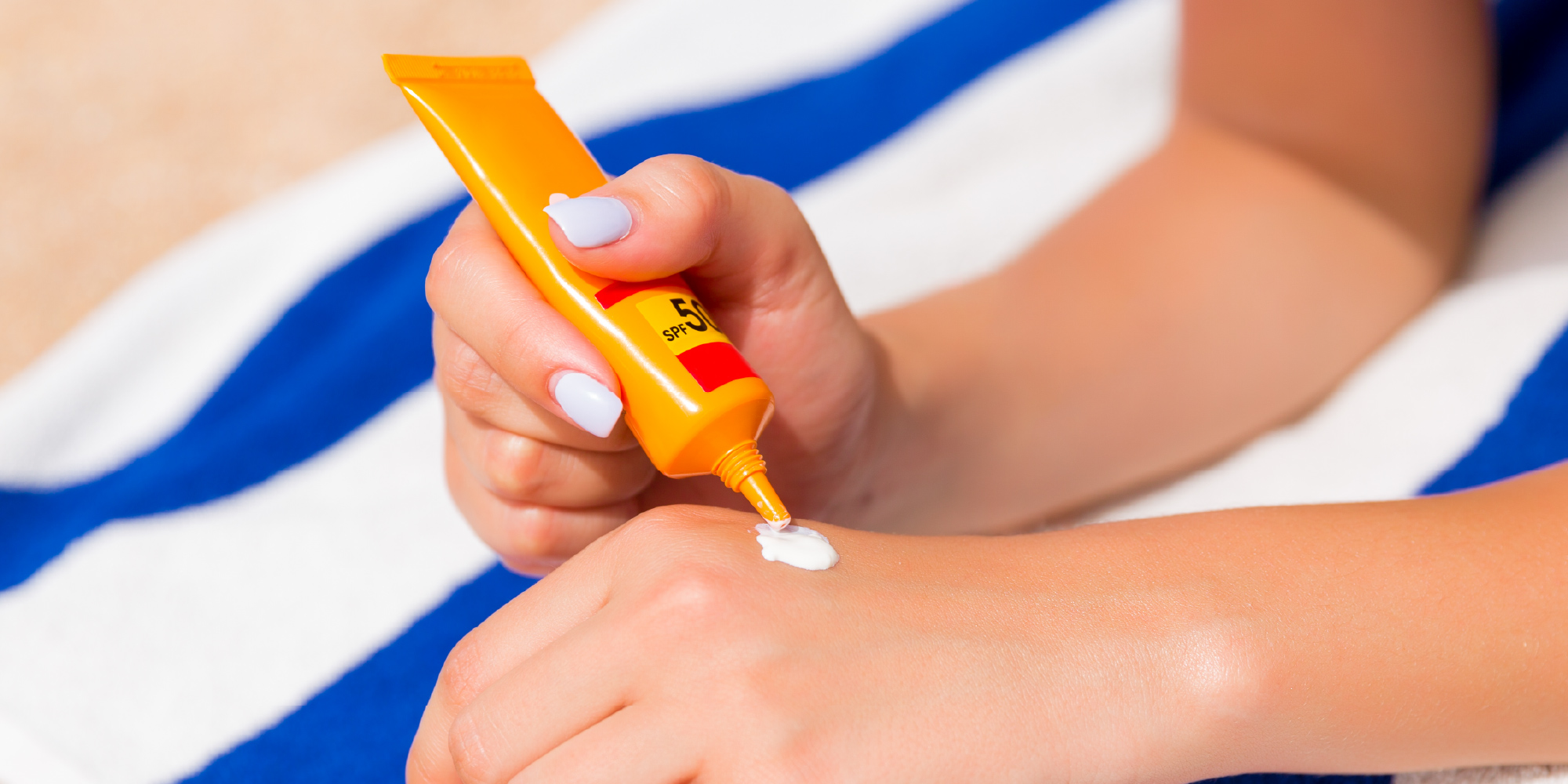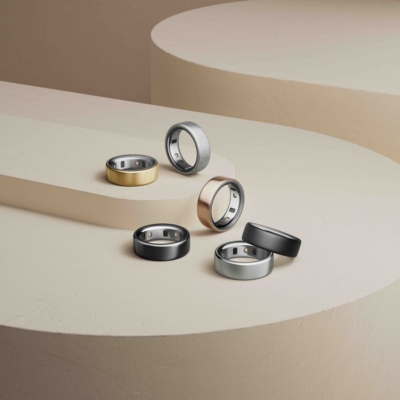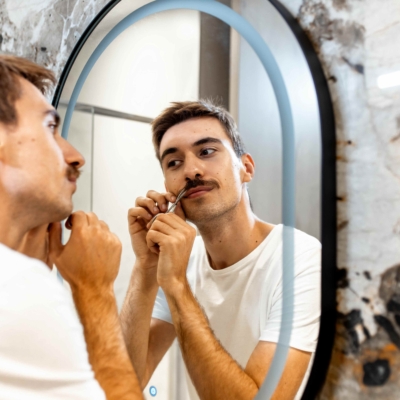
The US May Finally Get A New Sunscreen Filter. Here’s What It Could Mean.
If the United States Food and Drug Administration moves forward on schedule, a new sunscreen filter may be approved as early as March next year. Bis-ethylhexyloxyphenol methoxyphenyl triazine (BEMT), also known as bemotrizinol, tinosorb S or Parsol Shield, would become the first new ultraviolet filter added to the U.S. monograph in over two decades.
Ingredient supplier DSM-Firmenich has invested roughly $20 million over nearly 20 years to generate the safety, toxicological and efficacy data required for a U.S. submission. BEMT is already widely used in sunscreens sold globally, including in European versions of sunscreens from brands such as La Roche-Posay, Eucerin, Nivea and Avène.
The U.S. currently permits 16 active sunscreen filters under its OTC monograph, while the European Union allows on the order of 30 and Japan permits a similar number. Larger palettes of filters are often cited as a key reason formulators abroad have had greater flexibility to innovate in sun care. If approved, BEMT could help narrow that innovation gap in the U.S. market.
To explore what this might mean for indie beauty brands, for the latest edition of our ongoing series posing questions relevant to indie beauty, we asked 12 cosmetic chemists, product developers and beauty entrepreneurs the following: How do you anticipate this new filter will be used? How will it compete in the market? Will consumers switch?
- Krupa Koestline Cosmetic Chemist and Founder, KKT Innovation Labs
The new sunscreen filter will likely be used alongside existing UV actives to strengthen UVA protection and photostability while allowing lighter, more elegant textures. It’s a true upgrade in both performance and feel, finally giving U.S. brands the ability to compete with the advanced textures seen in EU and Asian formulas.
Ideally, it will also be approved as GRAS (Generally Recognized as Safe), making it one of the first chemical filters in that category, which is huge from both a regulatory and consumer trust standpoint. I expect early adoption from dermatology-driven and prestige brands leading with innovation and science, with mass market following once cost and supply stabilize. It’s an exciting step forward for safer, more effective sun protection in the U.S.
- Perry Romanowski Cosmetic Chemist and Co-Host, The Beauty Brains Podcast
The new filter (bemotrizinol) is likely to be used as a substitute for other sunscreens. So, instead of using something like avobenzone, a formulator could use this instead. This is helpful because avobenzone is the only organic chemical sunscreen that is currently FDA-approved in the U.S., so this new compound will give formulators more options.
However, sunscreens made with avobenzone plus octocrylene plus zinc oxide already provide perfectly good protection when formulated well. So, bemotrizinol will mostly get used to make those products easier to formulate and label.
It won’t make sunscreen suddenly feel like a cloud or protect you from sunburn “better than ever.” It’s more about formulation convenience and marketing novelty than a breakthrough in photophysics.
Using this sunscreen should help formulators create products that are more elegant, better stabilized and more appealing to consumers. Bemotrizinol will compete in the market more through perception and marketing than through any dramatic performance advantage. It is a very good broad-spectrum, photostable UV filter, but there are already several comparable ingredients used outside the U.S. that provide similar protection.
Because it is newer and more expensive to manufacture, large drugstore brands are unlikely to switch quickly, leaving prestige and dermatologist-backed lines to adopt it first so they can promote “next-generation” or “European technology” claims. While formulators will like the better stability and compatibility, most consumers will not notice a meaningful difference in protection or feel. The real value lies in the ability for brands to advertise something “new” in a category that has been stagnant for decades, even if the improvement is largely incremental.
I doubt consumers will rush to switch to sunscreens containing bemotrizinol because most people don’t choose their SPF products based on the specific UV filters they contain. They care more about how the product feels, smells and looks on their skin than about its chemistry. Dermatologists and beauty influencers will likely generate some excitement by calling it a long-awaited European ingredient, which may encourage early adopters to try it.
However, once people realize that it provides similar protection and texture to what they already use, I'd guess enthusiasm will wear off. I'm sure premium or dermatologist-associated brands will reformulate quickly to claim the newest FDA-approved technology, but mass-market companies will be slower to invest until the cost comes down. In the end, bemotrizinol may improve formulation flexibility and marketing appeal, but it’s unlikely to dramatically change consumer behavior or sunscreen use habits.
- Laura Lam-Phaure Cosmetic Chemist and Founder, Lam Phaure Beauty
With the opportunity to use BEMT in the U.S., we are finally able to bring in some more elegant looking and feeling formulas. Due to the filter being used so readily across the world, we can review current research that has been done on BEMT and bring that knowledge into the U.S. The sunscreen market is already so heavily saturated yet there are still so many unhappy customers. For some, this may be an entry to consistent sunscreen usage while others will likely try the new formulas out of curiosity.
People who are already using imported sunscreens will likely be the first on the bandwagon to try BEMT. This may affect the sunscreen market in the way that the craze for imported sunscreen may decrease slightly. However, I do not think it will go away 100% until the U.S. allows for the 100% accessibility to all of the globally used UV filters.
- Esther Olu Cosmetic Chemist
I anticipate that many brands will move quickly to incorporate tinosorb S (BEMT) into their sunscreen portfolios both to differentiate themselves and to modernize their existing formulas. Because tinosorb S is a broad-spectrum filter that absorbs across both UVA and UVB ranges and is photostable, it can pair synergistically with both inorganic (mineral) and organic (chemical) filters. This makes it not only valuable as a primary UV filter but also as an SPF booster that enhances overall protection efficiency.
Beyond sunscreens, it may begin appearing in other UV-sensitive product categories (i.e., daily moisturizers, color cosmetics, and even certain hair or scalp protection products) where formulators want added photostability without compromising aesthetics. Its good oil solubility and stability profile make it particularly versatile for formulation.
I expect tinosorb S to perform very well in the U.S. market. Considering it’s been almost two decades since a new UV filter was approved in the US, its arrival represents a major regulatory and innovation milestone. This will open creative opportunities for chemists and brands to reformulate with improved aesthetics, less whitening, lighter textures and possibly better water resistance, too!
Its proven global safety and efficacy record—it’s been used internationally for years—will give both formulators and consumers a sense of confidence. However, I will say competition will likely emerge quickly as brands race to launch products featuring “the new FDA-approved filter.” The differentiating factor will come down to how well brands integrate it into sensorially elegant, consumer-friendly formats rather than simply using it as a trendy marketing claim.
While tinosorb S is an exciting addition, it’s one step forward in a much larger process. The international market still has access to more than 10 other advanced filters that remain unavailable in the U.S. So, while this approval is a win for innovation, it’s not a full catch-up moment. Consumers who already trust mineral-only or hybrid sunscreens may not “switch,” but rather see tinosorb S as part of a broader range of better-performing options.
For chemists, though, it’s a valuable tool, especially for improving UVA coverage and sensory feel without compromising formulation stability. I suppose what I am trying to say is that it’s progress (very great progress at that), but there’s still work to be done to expand the U.S. sunscreen filter palette before we can talk about a full market shift.
- Kevin Cureton President and CEO, Solésence
I think the new filter will be used as a potential avobenzone replacement given that it is substantially more photostable and provides broad-spectrum performance.
We are seeing that UV protection is increasingly becoming a go-to claim for daytime skincare and innovation supports this. Whether it is ingredient innovation, format innovation or texture innovation, we are opening up more opportunities for consumer adoption and contributing to the overall expansion of the category.
Based upon what has happened with global launches over the past several years, having new options when it comes to SPF, whether it is a new ingredient, format or texture, tends to grow the overall market rather than simply shifting market share. I think this happens by way of attracting new consumers and, through format expansion, encouraging existing consumers to add to their routine by trying a new product type that might pique their interest.
- Valerie George Cosmetic Chemist and President, Simply Formulas
Like any new ingredient (at least, new to the United States), there will be a high level of interest in commercialization from brands. What’s great about sunscreen actives being regulated as drugs in the U.S. is that we know BEMT will be effective and safe for consumers to use. However, the efficacy is only as good as the formulation and manufacturing.
It’s important that any brand looking to add this new sunscreen filter to their SPF portfolio do the adequate development, scale up and testing before going to market to ensure the products are stable and hit the required SPF claims. Since this isn’t a widely used filter in the U.S., some formulators may not be experienced in working with it, so cross all t’s and dot all i's when it comes to ensuring the product will be stable in the market.
The testing is a significant financial investment, but I always say there is a cost and a price. Given the negative press around sunscreen products globally, I do not believe now is the time to increase risk for any SPF producer. Since everyone will have access to it, there is no significant value in speed to market.
- Julian Sass Cosmetic Chemist and Consultant
The new filter will allow us to create better sunscreen formulas both from a texture perspective and a performance perspective, plus a better irritation profile than many of the "chemical" filters that we have access to in the USA (less eye sting).
I do think that many big players in sunscreen have formulas waiting in the wings for when the approval goes through. We've been teased about it for years and I'm glad this journey is finally coming to a happy conclusion.
- Kelly Dobos Consultant Cosmetic Chemist
Bemotrizinol (BEMT), also known as PARSOL Shield, is a broad-spectrum UV filter that absorbs both UVA (320–400 nm) and UVB (280–320 nm) radiation. It has dual absorption peaks around 310 nm and 340 nm, making it efficient across the spectrum. Compared to the only other U.S.-approved synthetic organic filter in the UVA range, avobenzone, BEMT is much more stable under sunlight and doesn’t degrade. This means it maintains its protective efficacy longer without the need for complex stabilization strategies.
Its compatibility with other filters makes it easy to combine with other actives. It also has low skin penetration, which leads to an excellent safety profile, and it is effective at low concentrations, which allows us to create high SPF formulations with better cosmetic elegance.
In the market, I think BEMT will be a game changer. It will allow formulators to create sunscreens that are more aesthetically pleasing and better suited for daily wear, especially for consumers with deeper skin tones who often struggle with white cast from mineral filters. There are just so many benefits the BEMT brings to the table.
Brands are already working on formulations that incorporate BEMT and those that are ready to launch post-approval can position themselves as innovators, capitalizing on pent-up consumer demand for improvement in sun care in the U.S.
While approval of BEMT is a massive step forward, the U.S. still trails behind regions like the EU, Japan and Australia, where an even wider array of advanced filters is approved. These regions have much greater flexibility in providing effective, broad-spectrum formulations. So, while BEMT will elevate U.S. sunscreen products, I believe true parity with global formulations will still require our continued efforts toward broader regulatory reform.
- AJ Addae Cosmetic Chemist and Founder, Sula Labs
With bemotrizinol on its way to the U.S., I see a lot of changes, namely:
- Sun care brands first and foremost will be interested to use it as a material in their suncare portfolio, especially considering the material already exists in some cosmetically elegant crowd-fave sunscreens from other regions (like La Roche Posay's Anthelios line). This leads me to my next point:
- American formulators and OTC contract manufacturers will try to create and leverage formulations with bemotrizinol in their sunscreen private label libraries, although it might take some time to arrive at bulletproof, reproducible formulations that "catch up" with other global regions' offerings. Considering that a select few leading contract manufacturers own a large share of the sunscreen private-label space in America, I think that we will start to see a lot of brands with similar formulation structures which incorporate the ingredient, launching around the same timeframe.
- Clean beauty organizations/authorities will likely try to figure out what kind of positioning they would want to take on the material, but given that it's an organic material, I have a feeling that I know what positioning will be taken.
- Marketing that leads towards substantial UVA protection as an added "functional" benefit of sunscreens. Avobenzone is pretty much the main UV filter that offers substantial UVA protection, and lots of more modern brands haven't been the most thrilled to utilize it.
Overall, I'm actually excited to see the progression on this, and this is a huge win for us scientists in beauty!
- Victoria Fu Cosmetic Chemist and Founder, Chemist Confessions
We will probably first see the new filter in classic sunscreen lotion formats. It’s important we all keep in mind that, even when a new sunscreen filter is approved, it will take some time for these sunscreens to complete all of the OTC monograph testing requirements.
BEMT is already commonly used internationally. Because of the texture improvements it provides, it is one of the reasons why U.S. consumers were willing to purchase international sunscreens through roundabout channels. Sunscreens using BEMT will definitely have an advantage over classic chemical sunscreen formulas using avobenzone. If successfully approved, we definitely expect to see many new BEMT sunscreens entering the U.S. market.
Yes, consumers are ready for more elegant textures in the sunscreen category. We hope this will finally bring U.S. sunscreens out of the Stone Age and into the same conversations as other international sunscreens.
- Milan Scott CEO and Research and Development Chemist, Keseana Labs
With bis-ethylhexyloxyphenol methoxyphenyl triazine finally getting the green light, I think it will begin to show up in more elegant, silky formulas that people are excited to use every day. I expect it to show up in lightweight daily SPFs and hybrid skincare formulas and once brands get more comfortable with it, we'll likely see it in more creative textures and wider applications like tinted SPF.
BEMT is known to be more stable than filters we have in the U.S. currently, so I see it being a real competitor in the sun care space. Brands that adopt BEMT will be able to market longer-lasting protection with a smoother, more elegant texture that rivals not just filters in the U.S. but international sunscreens as well. I think U.S. consumers are tired of their sunscreens being either too greasy or too chalky, so I anticipate that this filter will give us more flexibility with sunscreen elegance in the U.S.
- Kate Duffy VP of Research and Development, Elevation Labs
The FDA approval of BEMT can’t come soon enough. The U.S. hasn’t approved a new sunscreen filter since 1999, leaving formulators with a limited library for product design and consumers with products that often fall short in performance especially compared to what’s available in Asian and European markets.
At Elevation Labs, our formulation team's work with PARSOL Shield (BEMT) has shown how transformative this filter can be. It’s significantly easier to work with than currently approved options in the U.S., enabling the creation of innovative, cosmetically elegant sunscreens that people actually look forward to using daily.
We anticipate BEMT will be used in oil-in-water emulsions, a format that’s notoriously difficult to achieve with existing filters, but one that aligns with modern skincare textures making daily SPF use more seamless. BEMT has shown to be better suited for sensitive skin and doesn’t leave a white cast, solving two of the most persistent challenges in U.S. sun care: irritation from chemical filters and lack of inclusivity across skin tones. These advantages position BEMT to compete aggressively in the market, likely replacing many current formulas that struggle to meet consumer expectations.
We expect it to reshape the competitive landscape and unlock a wave of innovation. While this launch is a major step forward (thank you, DSM, who has spent 20 years and about $20 million), BEMT has been available in Europe for 20 years. Without meaningful regulatory reform, the U.S. will continue to lag behind in delivering modern, high-performance sun protection solutions.
If you have a question you'd like Beauty Independent to ask cosmetic chemists, product developers and beauty entrepreneurs, send it to editor@beautyindependent.com.






Leave a Reply
You must be logged in to post a comment.